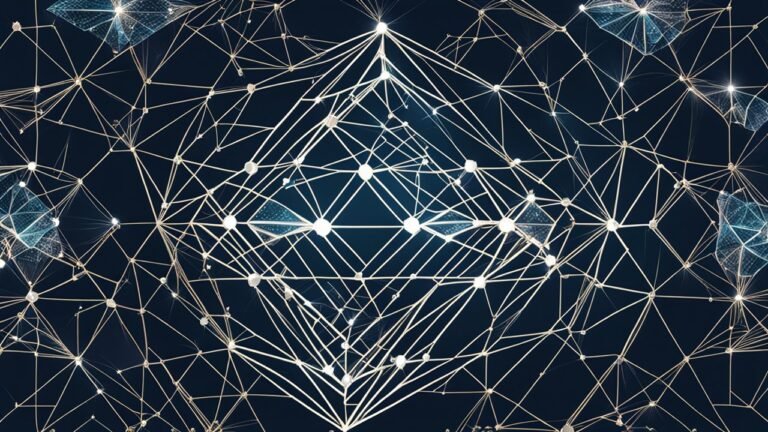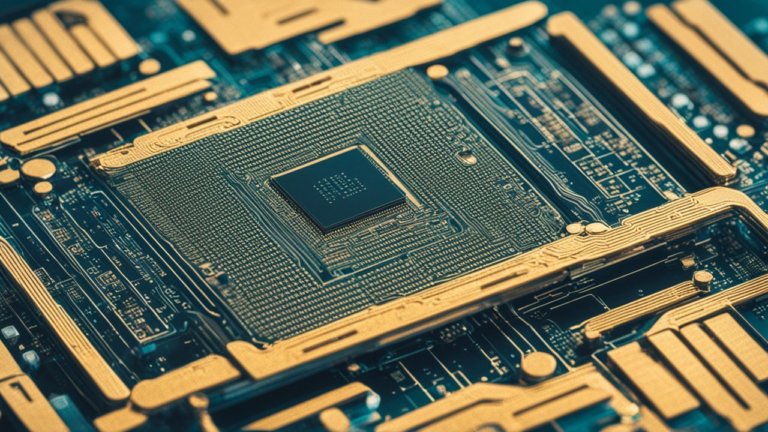
The concept of blockchain technology has been gaining significant attention in recent years, with its potential applications extending far beyond the realm of cryptocurrency. As the world becomes increasingly reliant on data-driven systems, the need for secure, transparent, and auditable data management solutions has never been more pressing. In this article, we will explore the idea of putting data on the blockchain, and how this can be achieved through AI integration.
The Case for Putting Data on the Blockchain

The traditional approach to data management involves storing data in centralized databases, which can be vulnerable to hacking, data breaches, and other forms of unauthorized access. By putting data on the blockchain, we can ensure that it is secure, transparent, and auditable. This is because blockchain technology is based on a decentralized network of nodes, each of which maintains a copy of the entire blockchain. This decentralized architecture makes it virtually impossible for a single entity to manipulate or alter the data.
In addition to security, putting data on the blockchain also provides a number of other benefits. For example, it allows for real-time data validation and verification, which can help to prevent errors and inconsistencies. It also enables data to be easily shared and accessed across different systems and organizations, which can help to facilitate collaboration and innovation.
Cached Data on the Blockchain

Cached data refers to data that is temporarily stored in a computer’s memory or on a hard drive for faster access. While cached data is typically stored in a centralized location, it is still vulnerable to the same security risks as traditional databases. By putting cached data on the blockchain, we can ensure that it is secure and transparent, and that it can be easily accessed and shared across different systems.
Data Created in the Thread and Not Cached
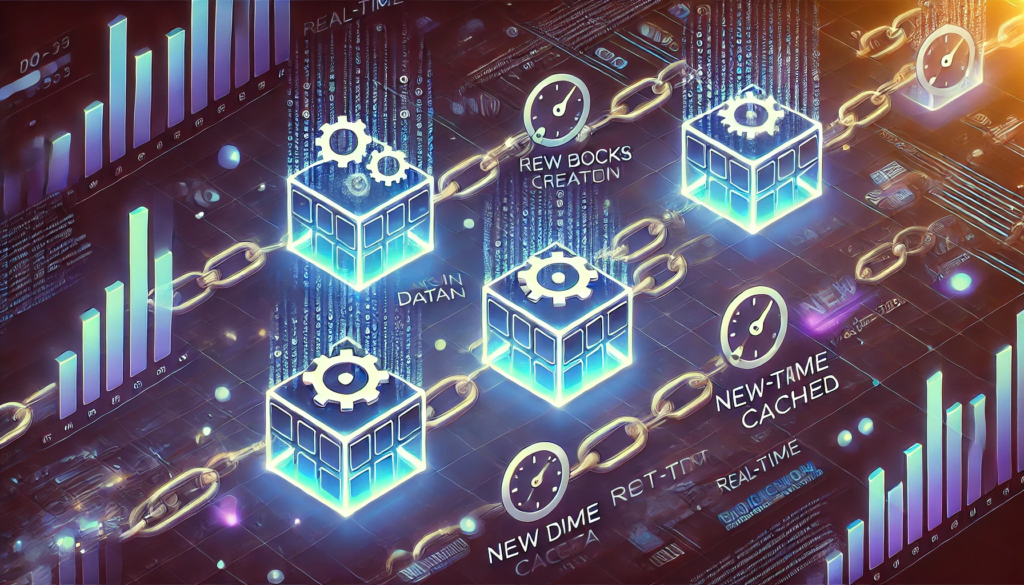
Data created in the thread and not cached refers to data that is generated in real-time, such as sensor data from IoT devices or data from social media platforms. This type of data is often generated at a high rate and is typically stored in a centralized database. By putting this type of data on the blockchain, we can ensure that it is secure, transparent, and auditable, and that it can be easily accessed and shared across different systems.
AI Integration with Blockchain Data

AI integration with blockchain data is a rapidly growing field, with a number of companies and organizations already exploring its potential applications. By feeding, managing, and using blockchain data through AI, we can unlock a wide range of benefits, including improved data accuracy, increased efficiency, and enhanced decision-making capabilities.
One of the key benefits of AI integration with blockchain data is its ability to provide real-time insights and analytics. By analyzing blockchain data in real-time, AI algorithms can identify patterns and trends that may not be immediately apparent through traditional data analysis methods. This can help to improve decision-making capabilities, reduce errors, and increase efficiency.
The Challenge of Auditing and Managing AI Compute

As AI becomes increasingly pervasive in our daily lives, there is a growing concern about the need to ensure that AI systems are transparent, accountable, and aligned with human values. One of the key challenges in achieving this is the need to audit and manage the vast amounts of compute power being devoted to AI development and deployment.
Currently, a significant portion of AI compute power is dedicated to tasks such as model training, testing, and optimization. However, a substantial portion of this compute power is also being used for tasks that are not directly related to human usage, such as data processing, data cleaning, and data augmentation. By putting x% of all AI compute towards auditing and managing and keeping AI on track for human usage, we can ensure that AI systems are transparent, accountable, and aligned with human values.
By putting this compute power on the blockchain, we can achieve breakthrough results by increasing the compute by orders of magnitude. This is because blockchain technology provides a decentralized, transparent, and auditable framework for managing and tracking AI compute power. This allows for real-time monitoring and auditing of AI compute power, ensuring that it is being used in a responsible and transparent manner.
Moreover, blockchain technology can also enable the creation of a decentralized AI compute market, where AI compute power can be traded and allocated in a transparent and auditable manner. This can help to ensure that AI compute power is being used in a way that is aligned with human values and is transparent and accountable. By putting AI compute power on the blockchain, we can unlock a new era of transparency, accountability, and responsible AI development and deployment.
NVIDIA at the Center of AI Consortiums
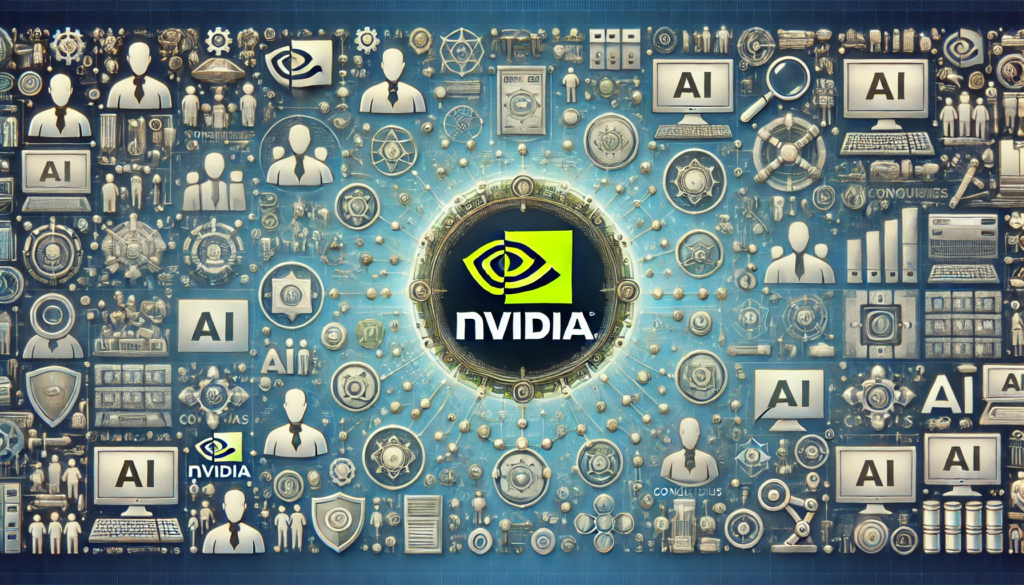
NVIDIA is a leading player in the field of AI, and is at the center of a number of AI consortiums. These consortiums bring together leading companies and organizations from a wide range of industries, including technology, healthcare, finance, and more. By working together, these consortiums aim to advance the field of AI and to develop new applications and use cases.
One of the key initiatives being driven by NVIDIA is the development of AI chips. These chips are designed to accelerate AI computing and to provide the high-performance processing power needed to support complex AI applications. By putting AI chips on the blockchain, we can ensure that they are secure, transparent, and auditable, and that they can be easily accessed and shared across different systems.
Hundreds of Billions of USD Dedicated to AI Initiatives
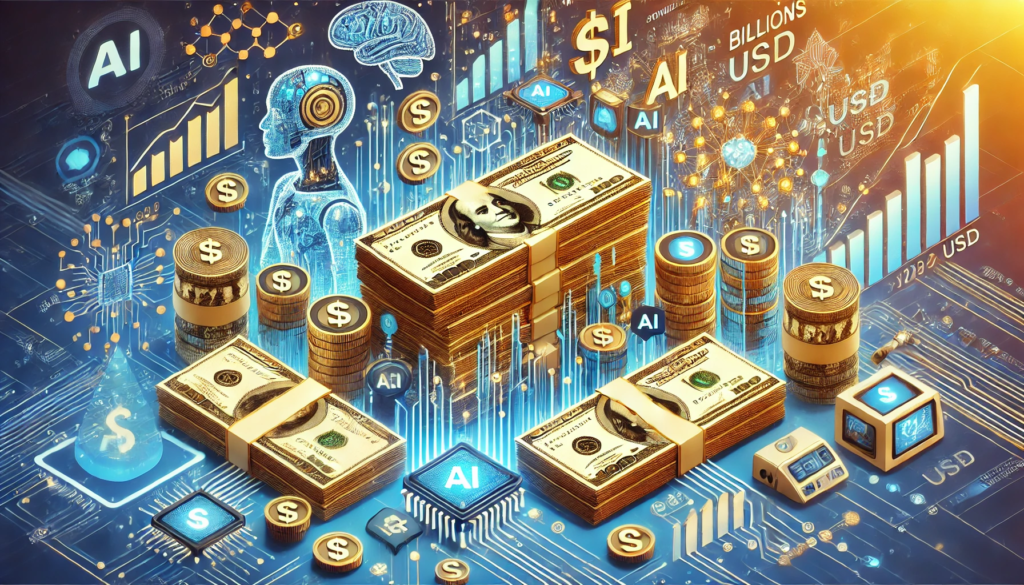
The investment in AI initiatives is significant, with hundreds of billions of USD dedicated to the development of new AI applications and use cases. This investment is driven by the potential benefits of AI, including improved efficiency, increased accuracy, and enhanced decision-making capabilities.
Conclusion

In conclusion, putting data on the blockchain is a critical step towards creating a more secure, transparent, and auditable data management system. By integrating AI with blockchain data, we can unlock a wide range of benefits, including improved data accuracy, increased efficiency, and enhanced decision-making capabilities. There are tremendous possibilities for advancement by incorporating blockchain and AI with hardware level products. With NVIDIA at the center of AI consortiums and hundreds of billions of USD dedicated to AI initiatives, the future of data management and AI integration looks bright. As we move forward, it is essential that we prioritize the development of secure, transparent, and auditable data management solutions, and that we continue to explore the potential applications of AI and blockchain technology.
©2024 Davie Waulaucher









